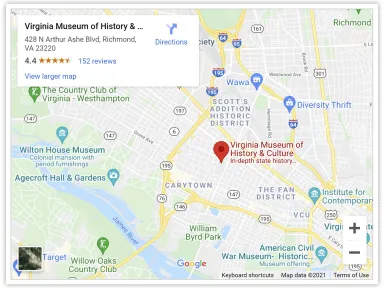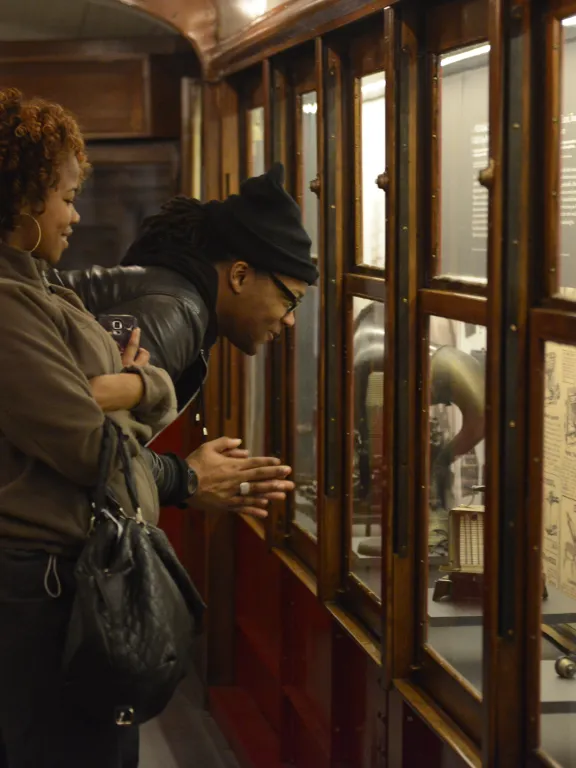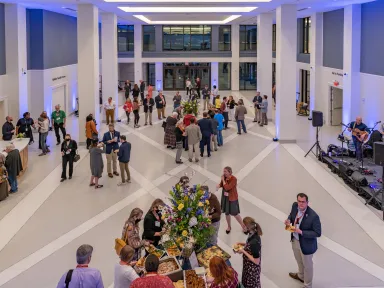ACCESSIBILITY
The Museum is committed to accessibility and inclusive experiences for all our guests.
- Mobility: Our building is accessible to wheelchairs and strollers. Wheelchairs and other manually operated mobility devices are available.
- Museums for All: As a proud member of the Museums for All national initiative to make quality museum learning experiences available to everyone, the VMHC offers free admission for low-income families. Guests who present their SNAP or WIC Electronic Benefit Transfer (EBT) Card at the Guest Services will receive free admission.
- Sensory Concerns: The Virginia Museum of History & Culture has partnered with the Autism Society of Central Virginia to provide staff with training. To help make the experience of exploring the VMHC accessible and enjoyable for those with Autism Spectrum Disorder or sensory concerns, guests can check out noise-canceling headphones and fidget toys to use during their visit. These items can be checked out for free from the Guest Services desk. Guests who would like to check out headphones or fidgets need to leave a form of ID, which will be returned once the item is returned to the Guest Services desk.
- Visiting the museum? Check out our Pre-Visit Social Story and Gallery Guide to prepare for your visit. You can also explore the Current Exhibitions page to see specific details about each gallery and explore 360 views of the spaces. Return Visit Voucher: If you find the museum too overwhelming and need to leave within 30 minutes after entering the museum, please stop by the Guest Services desk to receive a voucher to try again on another day.
- Website Accessibility: The VMHC is committed to maintaining and enhancing our website accessibility for as many users as possible, regardless of technology or ability. We are adhering to standards set by the World Wide Web Consortium (W3C) Web Content Accessibility Guidelines. Our website accessibility features include:
- Using alternative text for images and non-text elements
- Cross-browser compatibility
- Responsive design
- Multi-language webpage translation via Google Translate
- The use of headers to aid legibility
- Having separate audio files for videos
- Adding closed captioning on videos (in progress)








